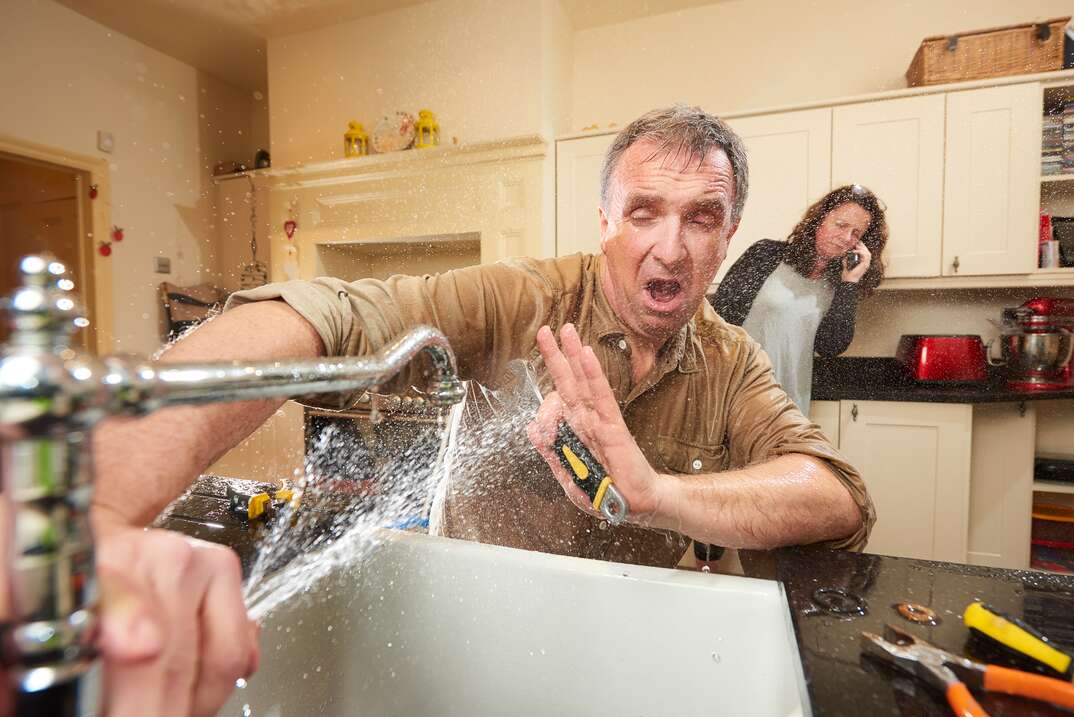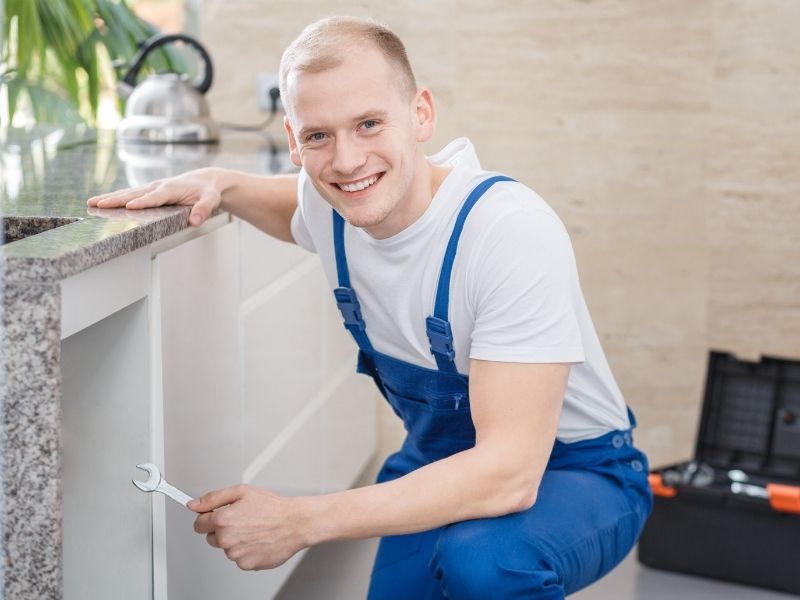The writer is making a few good observations related to When to call a professional plumber vs. DIY as a whole in the content further down.

Intro
Pipes issues can range from minor troubles to significant frustrations, often motivating homeowners to make a decision between tackling the issue themselves or hiring an expert plumbing professional. Recognizing when to do it yourself and when to look for professional assistance can save time, money, and prevent possible calamities. This write-up discovers the factors to consider when making this crucial decision.
Benefits of Do It Yourself Plumbing
Tackling plumbing tasks yourself can be rewarding in a number of ways, especially for simpler jobs.
Cost Financial savings
Do it yourself plumbing tasks usually conserve money by staying clear of expert service fees. Tasks like dealing with small leakages, changing taps, or mounting new showerheads are instances where home owners can manage fixings without hiring a plumbing.
Ability Improvement
Taking part in do it yourself pipes uses a chance to discover and boost functional abilities. Fundamental jobs equip homeowners to understand their pipes systems much better and obtain self-confidence in managing small repair services separately.
Risks of DIY Pipes
While do it yourself projects use advantages, certain risks ought to be thoroughly thought about before trying repair work.
Intricacy of Jobs
Some plumbing concerns require specialized expertise and tools beyond common property owner capabilities. Mishandling intricate problems can result in further damages and costly repairs.
Safety Problems
Working with pipes systems involves threats such as exposure to water damage, potential for electric risks, and handling tools inaccurately. Safety and security safety measures must be observed to prevent crashes and make sure efficient repair work.
Indicators to Call an Expert Plumbing Professional
Recognizing when a plumbing problem exceeds DIY capacities is critical to avoid intensifying problems.
Indicators of Facility Problems
Instances include:
Prompt expert intervention is essential to attend to these concerns successfully and decrease damage.
DIY Plumbing Tips
For effective DIY plumbing, it's vital to be prepared with the right devices and follow proper treatments.
Basic Devices and Products
Key tools for do it yourself plumbing:
Step-by-Step Guides
Clear instructions ensure risk-free and reliable DIY repairs:
Selecting the Right Time to DIY
Identifying when to take on pipes jobs yourself calls for assessing both the intricacy of the issue and individual comfort levels.
Assessment Checklist
Consider:
When to Definitely Call an Expert
Particular scenarios demand prompt skilled attention to avoid extensive damage or security threats.
Instances include:
Finding and Employing a Professional Plumbing Technician
Choosing a qualified plumber guarantees dependable service and satisfaction in fixing plumbing concerns.
Standards for Option
Elements to consider:
Expense Evaluation: DIY vs. Professional Solutions
Contrasting the monetary implications of DIY initiatives versus specialist plumbing solutions helps in making notified decisions.
Financial Considerations
Evaluate:
Conclusion
Choosing whether to DIY or call a professional plumber rests on comprehending the complexity of pipes problems and individual abilities. By weighing the advantages and risks, homeowners can make educated choices that advertise efficient maintenance and guard their homes from pipes disasters.
DIY Plumbing Projects: What Homeowners Can Do and When to Call a Professional
Welcome to our comprehensive guide on DIY plumbing projects. In this blog post, we aim to empower homeowners with the knowledge and skills to tackle basic plumbing tasks around the house. From unclogging drains to fixing a leaky faucet, we’ll walk you through step-by-step instructions on how to handle these common issues.
However, not all plumbing problems can or should be solved with a DIY approach. Recognizing when a problem is beyond your skill level and requires professional intervention is just as important as knowing how to perform basic tasks. We’ll also discuss the signs that indicate it’s time to put down your tools and pick up the phone to call a professional plumber. By understanding when to DIY and when to call a professional, you can save time, avoid potential disasters, and ensure your home’s plumbing system remains in top shape.
Understanding Plumbing Basics
Before we dive into the DIY projects, let’s take a moment to understand the basics of your home’s plumbing system. A typical residential plumbing system consists of two major components: the water supply system, which brings fresh water into your home, and the drainage system, which removes waste water. These systems are made up of a network of pipes, valves, and fixtures that work together to deliver clean water and dispose of waste efficiently.
Regular maintenance of your plumbing system is crucial to prevent minor issues from escalating into major problems. This includes tasks like checking for leaks, removing minor clogs, and ensuring your pipes are insulated for winter. By performing these tasks regularly, you can extend the lifespan of your plumbing system, save money on water bills, and maintain the comfort and hygiene of your home.
In the following sections, we’ll explore some common DIY plumbing projects that homeowners can handle, as well as situations that require the expertise of a professional plumber. Whether you’re a seasoned DIY enthusiast or a beginner, this guide will provide you with valuable insights into the world of home plumbing.
DIY Plumbing Projects Homeowners Can Handle
Plumbing may seem intimidating, but there are several tasks that homeowners can confidently tackle with a little guidance and the right tools. Here are a few common issues you might encounter and how to address them.
Unclogging Drains
Use a Plunger: This is your first line of defense. A good old-fashioned plunger can dislodge the obstruction and clear the drain in many cases. Try a Plumber’s Snake or Hand Auger: If the plunger doesn’t work, a plumber’s snake or hand auger can reach deeper into the pipe to break up the clog. Use a Drain Cleaner: If physical methods fail, a chemical drain cleaner can dissolve the clog. However, use these products sparingly as they can damage your pipes if overused.

As a fervent reader on When to DIY and When to Call a Professional Plumber, I imagined sharing that portion was a great idea. Sharing is nice. Who knows, you may very well be helping someone out. Thanks a bunch for your time. Revisit us soon.
Call Us Today